What it's like to be wrapped in a cocoon of sensors in the 2018 Infiniti Q50S
It's not about just collecting data, it's what you do with it
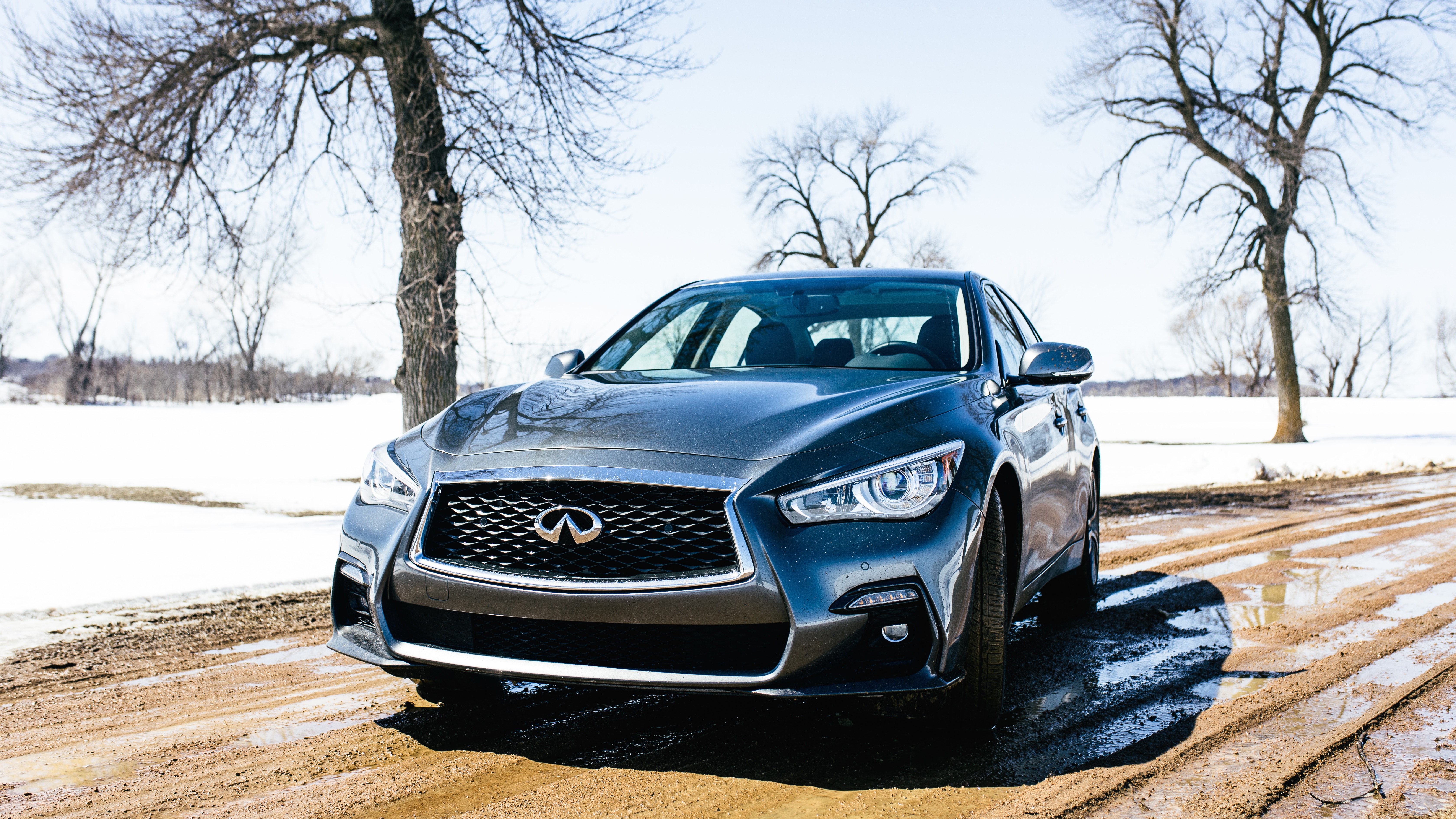
Photo credit: Josiah Bundy
Cars that sense where you are on the road, how far you can pull into the garage at night, and are able to adjust their speed according to traffic are becoming commonplace these days.
In a recent test of the 2018 Infiniti Q50S, it became obvious that not all sensors are created equal.
The Q50S has a bevy of sensors, one located in the front grill and one in the rear-view mirror, with four along the rear bumper.
A recent hands-on to test parking proved you can never have too many of them, but the important part is how Infiniti presents the sensor data.

I first noticed the parking sensors when I pulled into my garage one night.
It was quite late, and I was a little tired from driving for about an hour in traffic. (In what has become an overpopulated area of Minneapolis, traffic can be heavy even after local restaurants close for the night.)
Get daily insight, inspiration and deals in your inbox
Sign up for breaking news, reviews, opinion, top tech deals, and more.
I live in a chalet style house, which means the garage is below the main house (and is rather small). Parking is not difficult, but the closer you inch forward, the better.

As we all know, sensor technology is now at the point where it’s surprising when a new car doesn’t offer some guidance for parking, lane departure warnings, and adaptive cruise control.
Yet, what I liked about the Q50S – other than the 400-horsepower engine and smooth suspension around corners – was not the number of sensors, but how you use them.
In the Q50S, you see an interesting display when you park – it’s a live image from your own car.
There’s a button you can use to change the view, and several people remarked at how strange it is to see “above” the car and all around the vehicle.
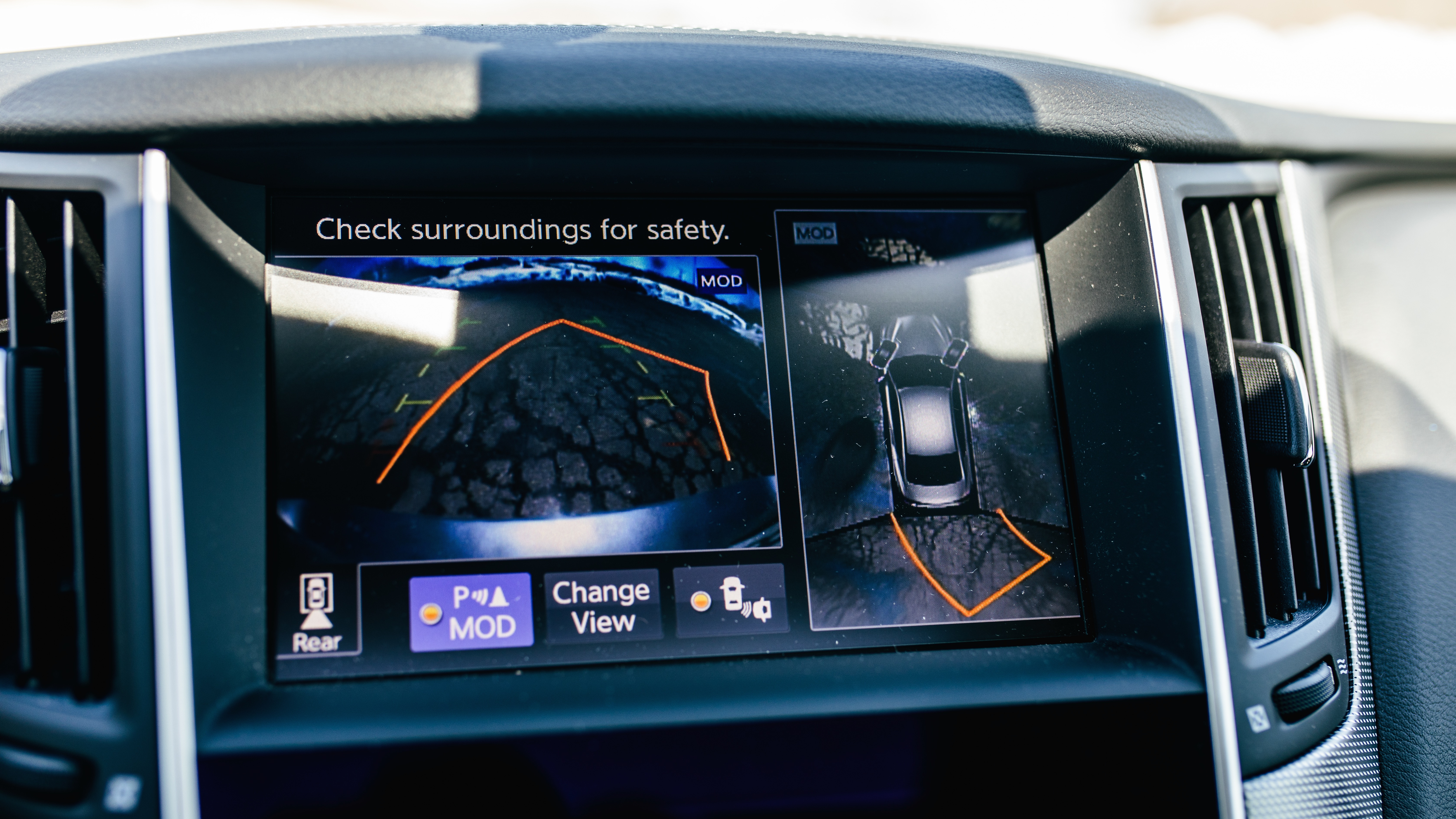
In truth, Infiniti stitches together an “overhead” view using side cameras that point down toward the ground.
If you click a button on the touchscreen, you can change from “overhead” around the entire car to a side view.
This is what helped me park in the garage the best. There’s a straight line that helps guide you. It’s a bit like a racing game – follow the line on the road and you won’t crash.
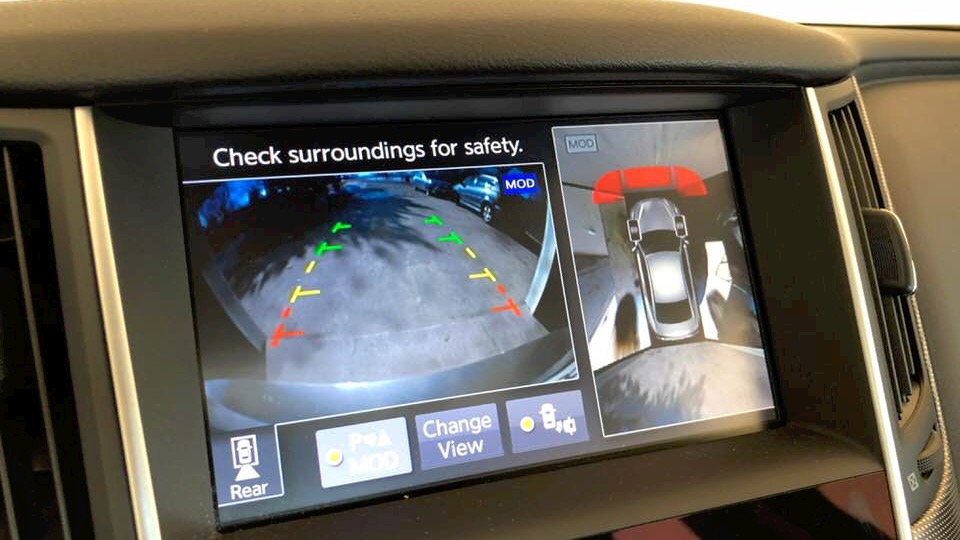
As I pulled forward, I made sure the green line matched up with the side of my garage stall. The lights flashed green, then yellow, then red.
If there was a garage parking attendant motioning with batons, it would not have been any easier.
Even though I was a bit tired, I pulled in all the way until it seemed like I had only a few inches to spare. Note that, with other vehicles, there might be a forward-mounted camera and visual aids, but not quite this many.
My wife remarked that the beeping is annoying. I mentioned how it is more annoying to ding the front bumper or to close the garage door and have it hit the rear bumper.
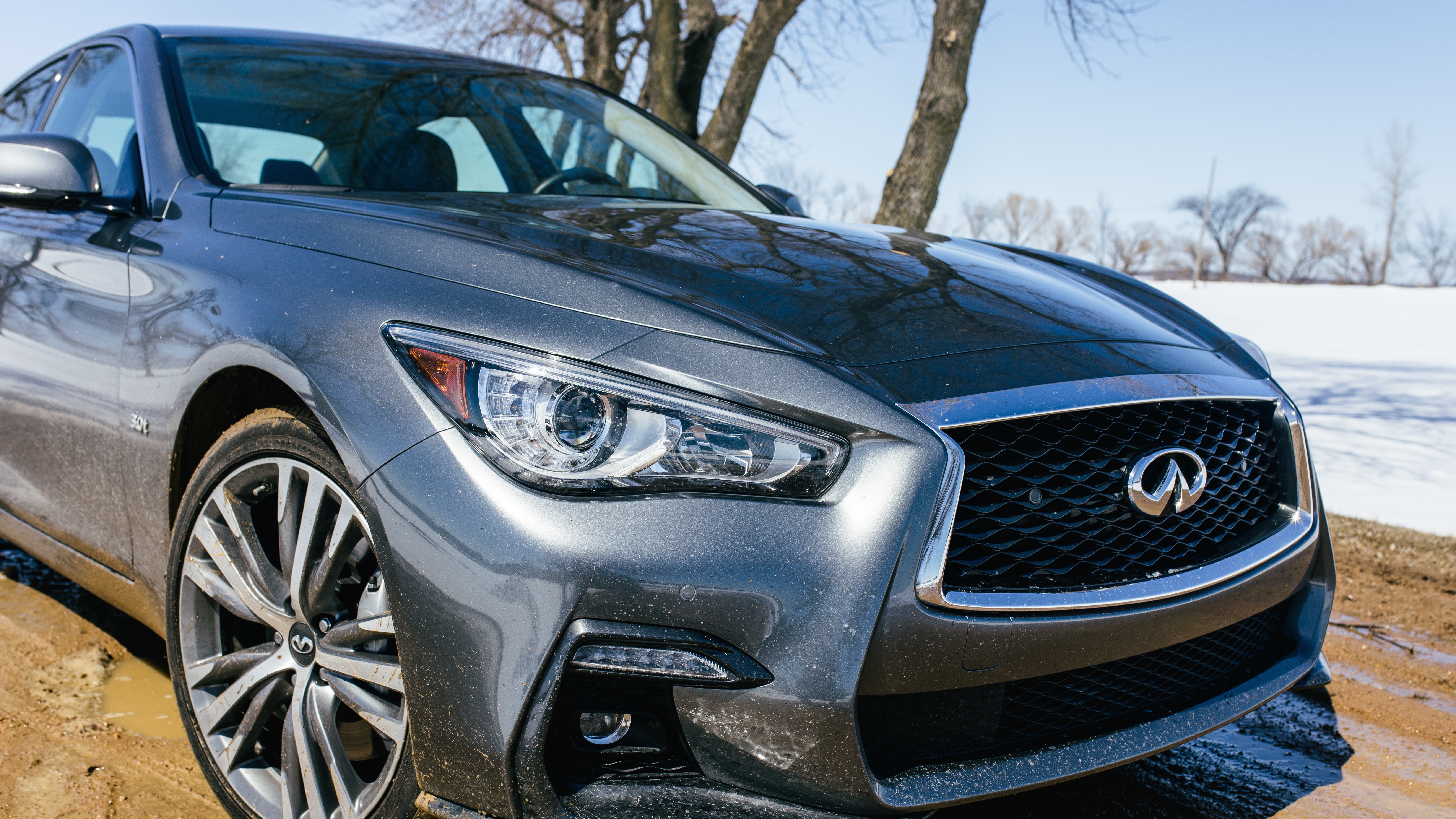
What’s also interesting about these sensors is that I can see how they will evolve eventually, especially in the age of driverless cars.
I doubt we’re ready to hand the keys over to a bot quite yet, especially with a few well-known accidents lately.
Yet, autonomous driving can take many forms. A Tesla Model S can already pull into a garage on its own, and many Ford models can auto-park for you.
I’m more inclined to think the sensors and visual aids will help us as we continue to operate the car – say, providing more assistance for cornering on a highway, moving out of the way if a car approaches in a parking lot, and braking more often.
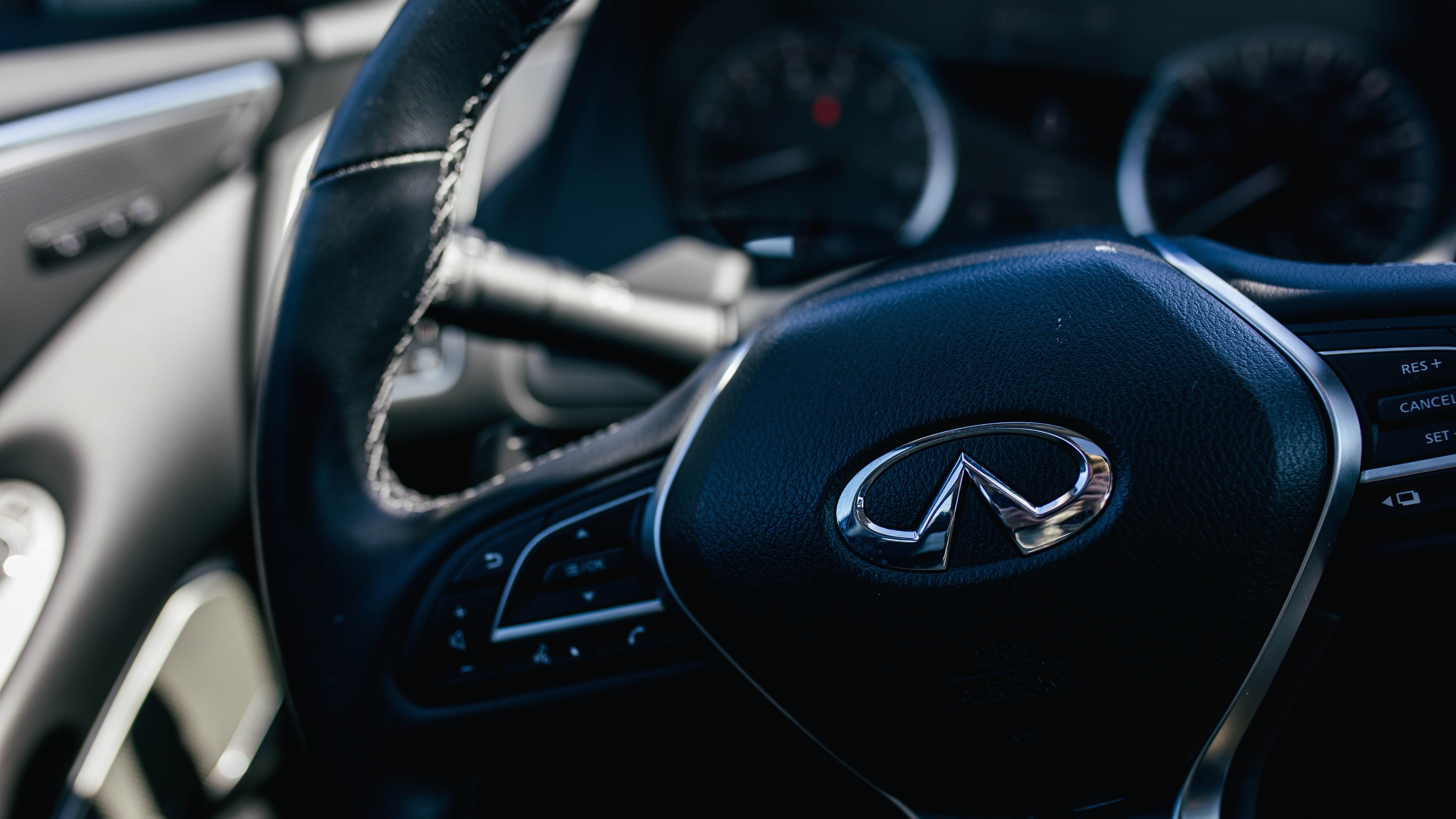
After that? I’m really hoping cars start to understand AI and machine learning.
Let’s say I’m at home and a UPS truck pulls into my driveway. What if my car recognized I was getting a new television delivered? What if the car knew it had to move not just into the garage, but perhaps into the right stall instead of the left – to make it easier to move the television?
Those are the advancements I’d like to see next – not fully autonomous, but AI-empowered. Cars that do the work for us, like moving on their own or even rising up to avoid road-kill.
We’ll see how long that takes, but convenience features like that will make the technology even more compelling.
Fortunately, the Q50S includes the basic Around View Monitor (AVM) with Moving Object Detection (MOD) and Front and Rear Sonar Systems in the Q50S, which runs $52,495. The base model without all of the tech features costs $34,200.
Take a closer look at the 2018 Infiniti Q50S in the gallery below:
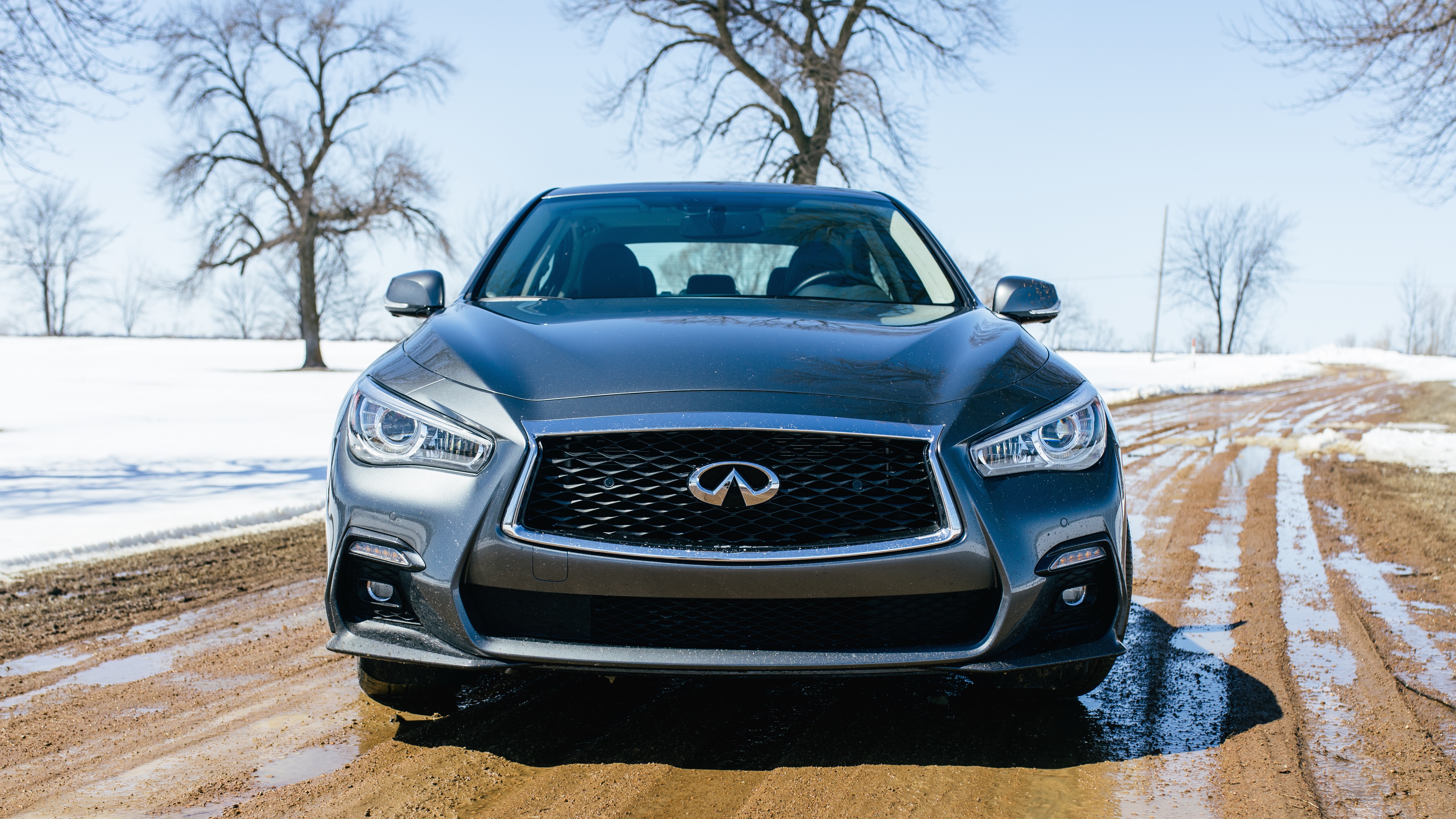
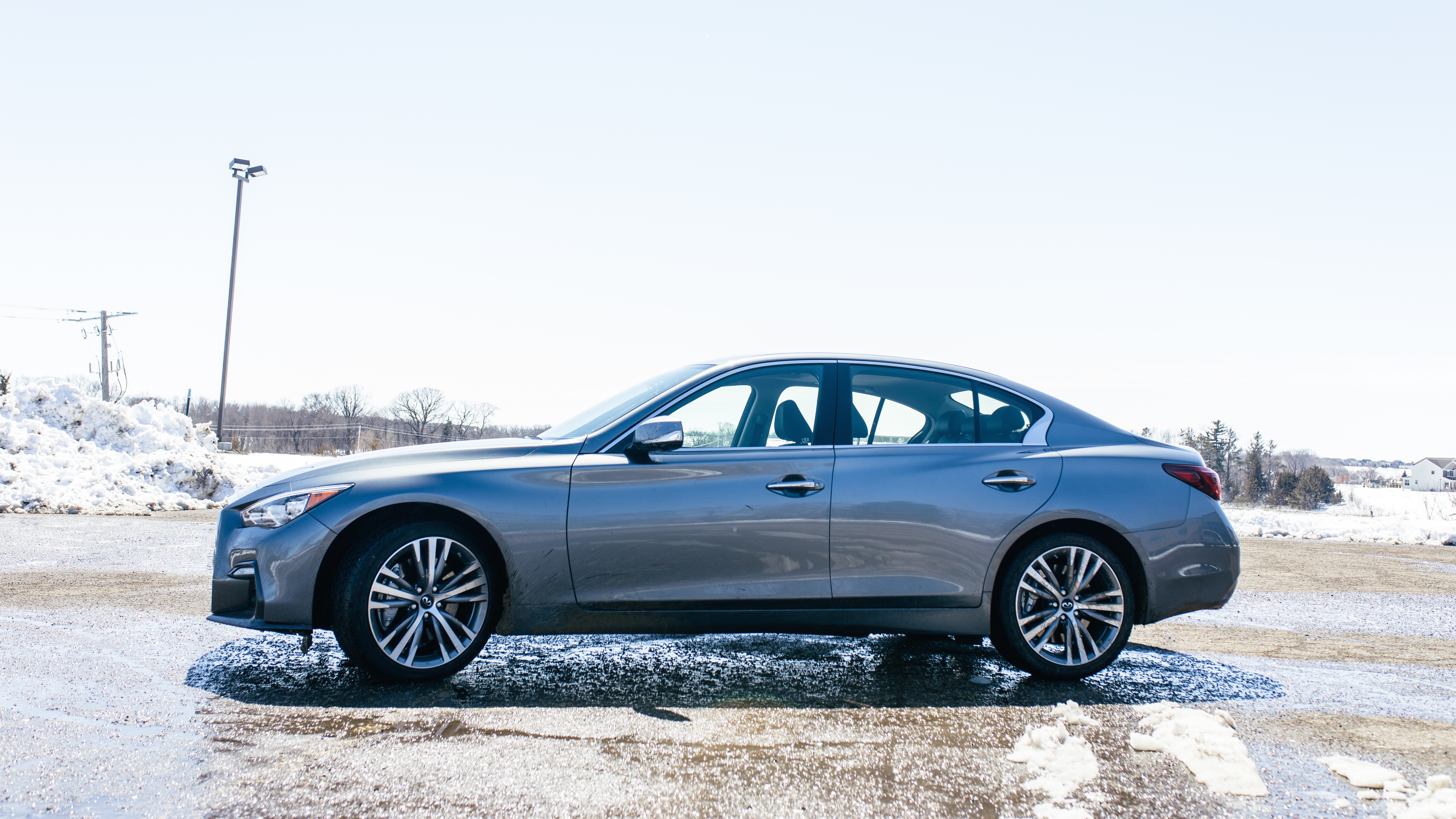
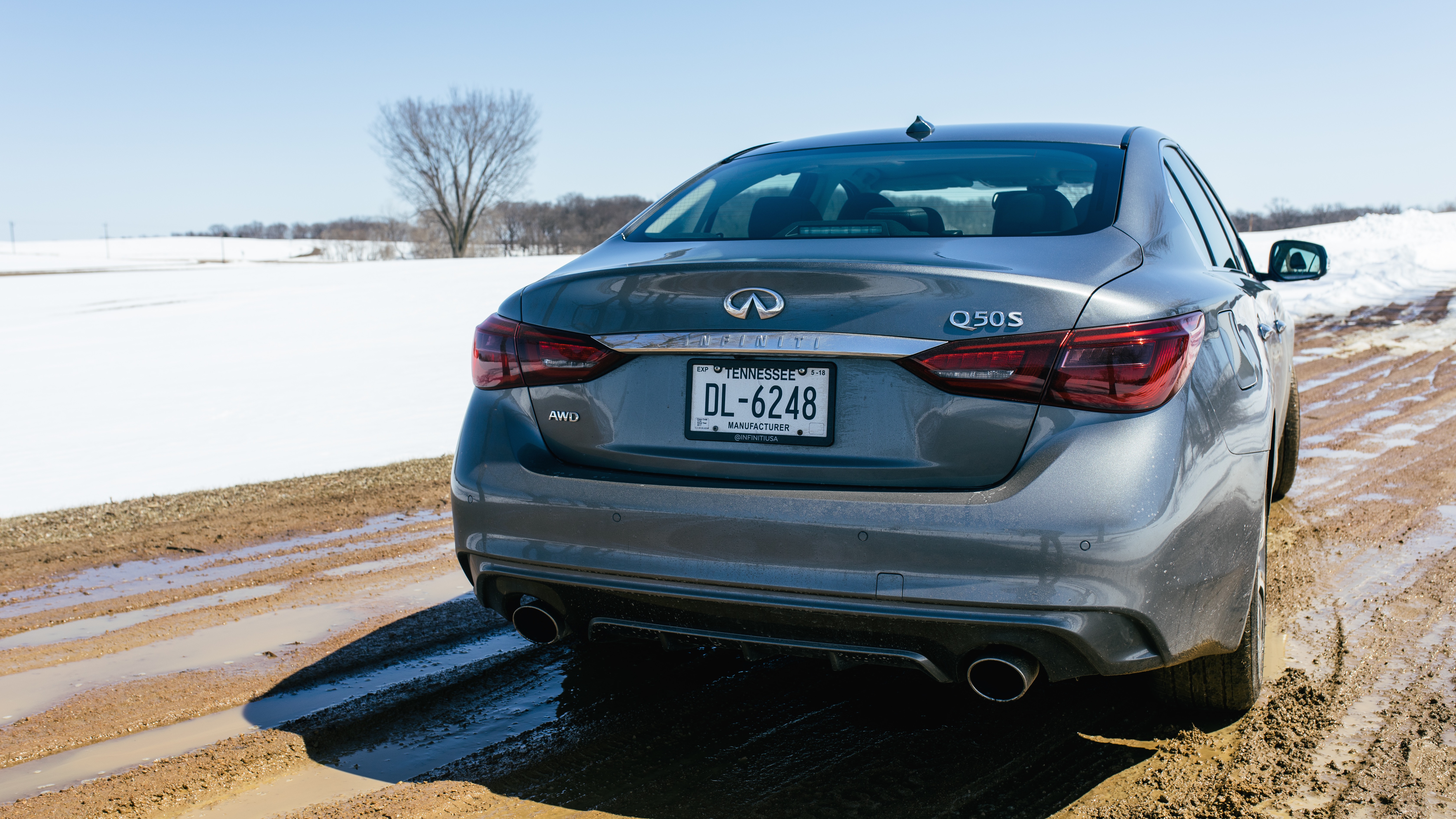
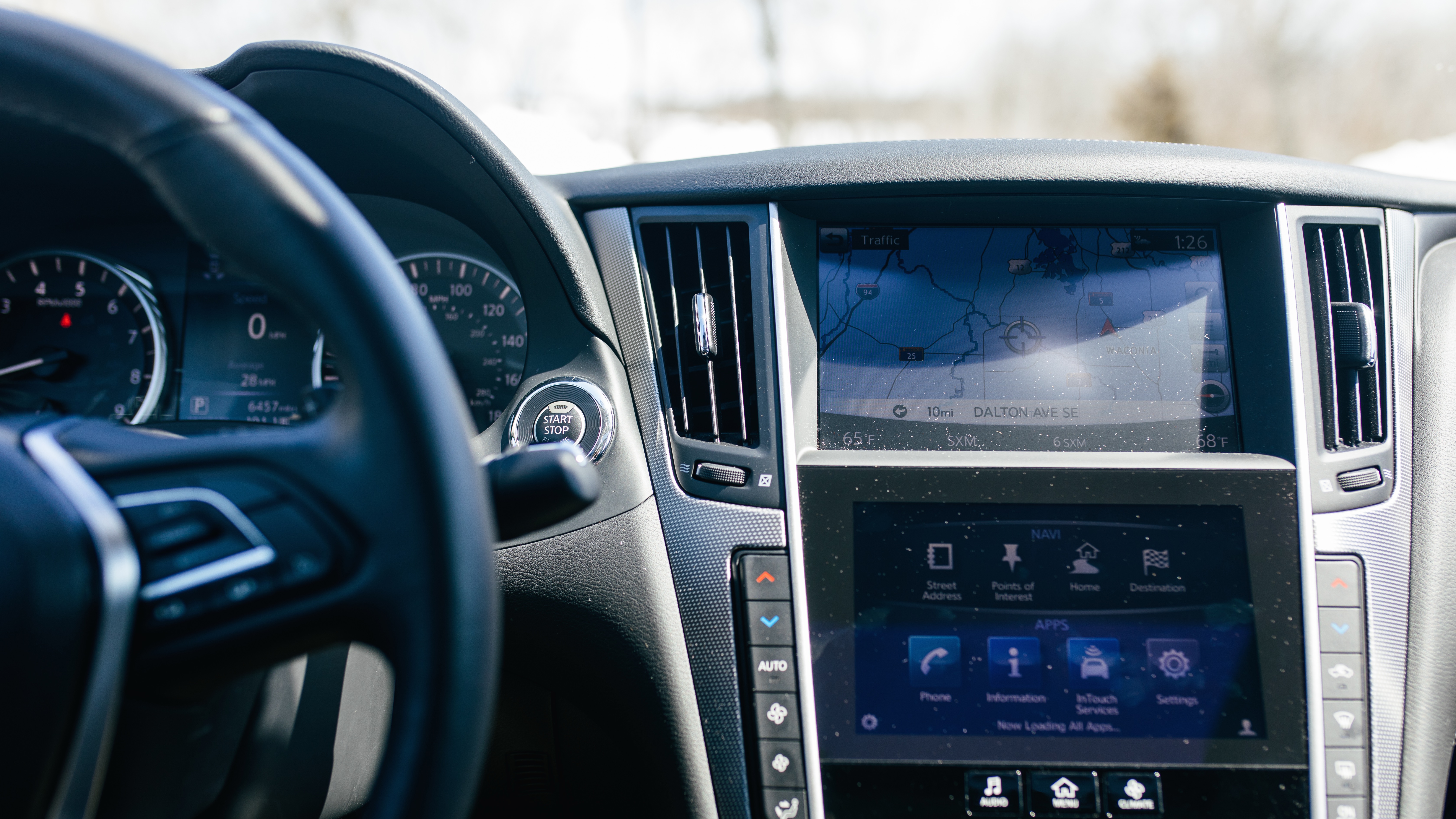
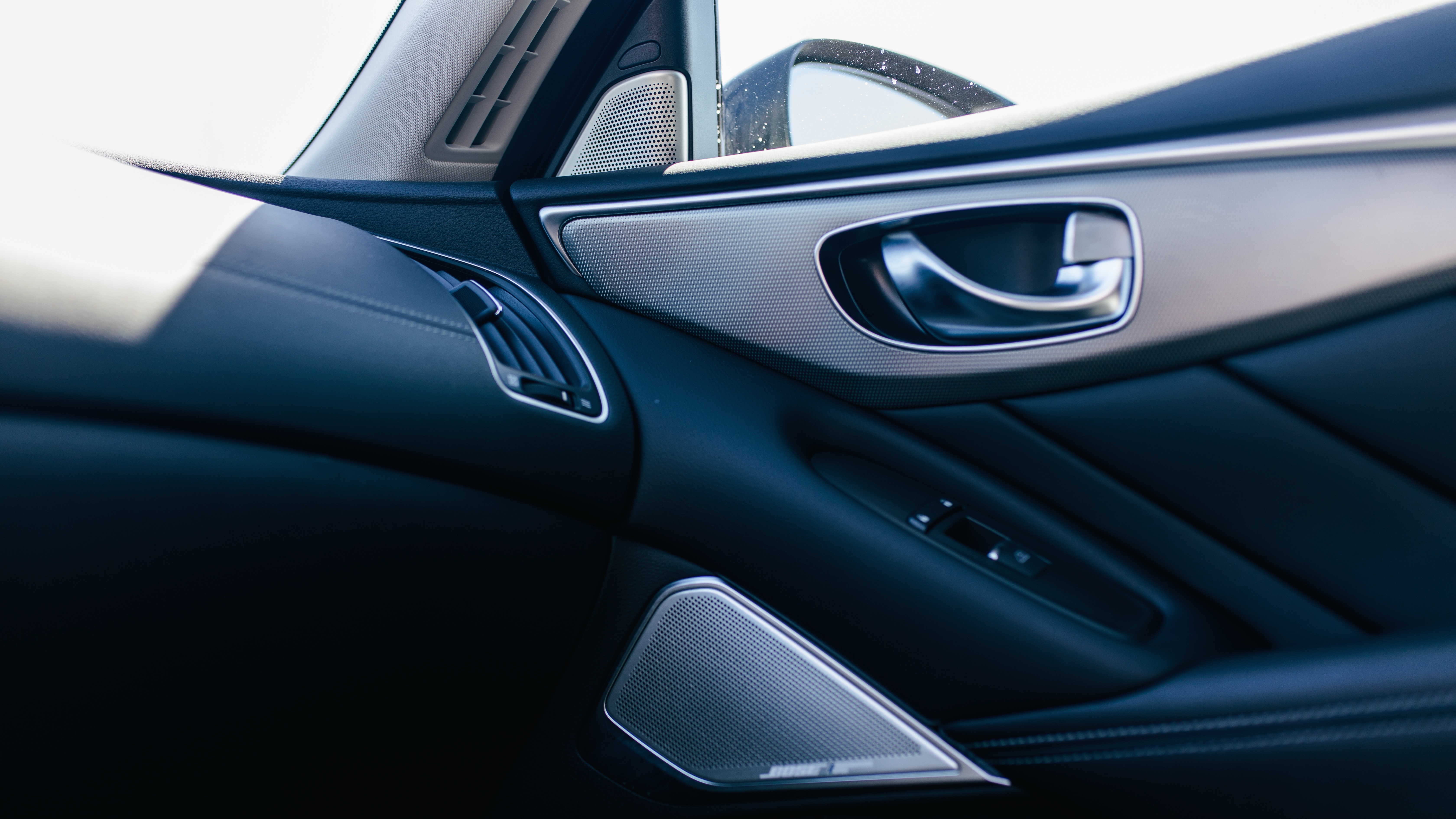
On The Road is TechRadar's regular look at the futuristic tech in today's hottest cars. John Brandon, a journalist who's been writing about cars for 12 years, puts a new car and its cutting-edge tech through the paces every week. One goal: To find out which new technologies will lead us to fully autonomous vehicles.
John Brandon has covered gadgets and cars for the past 12 years having published over 12,000 articles and tested nearly 8,000 products. He's nothing if not prolific. Before starting his writing career, he led an Information Design practice at a large consumer electronics retailer in the US. His hobbies include deep sea exploration, complaining about the weather, and engineering a vast multiverse conspiracy.
